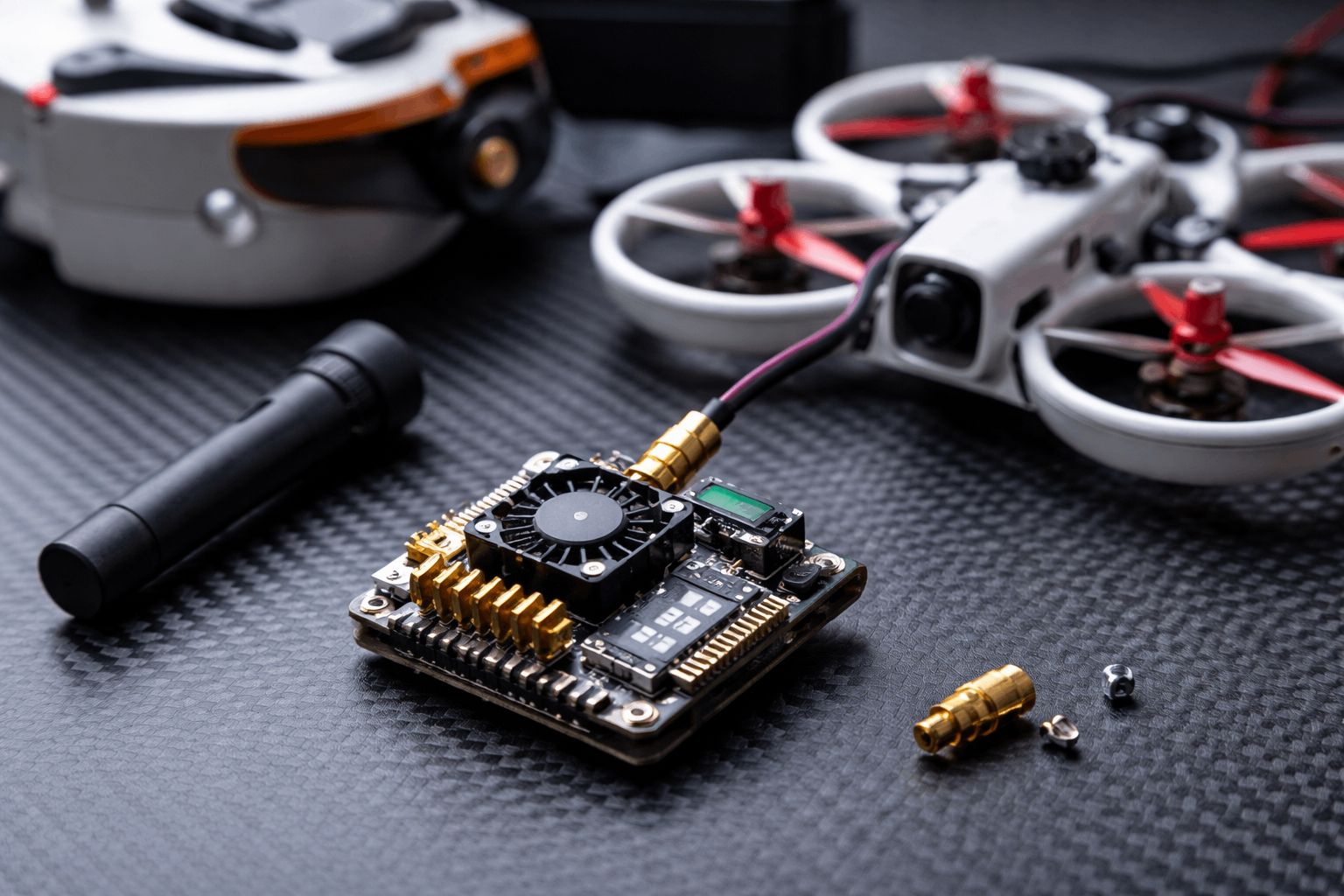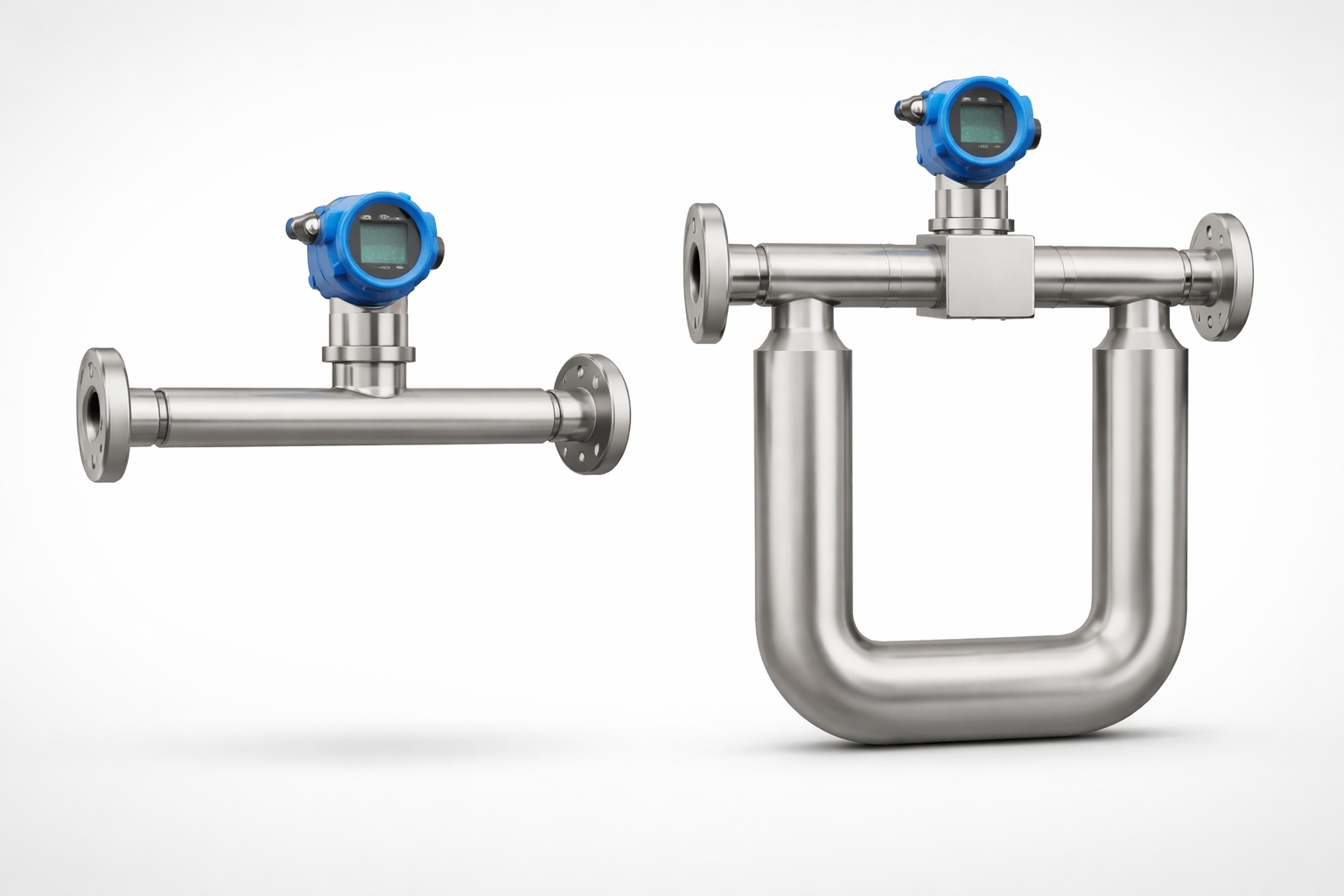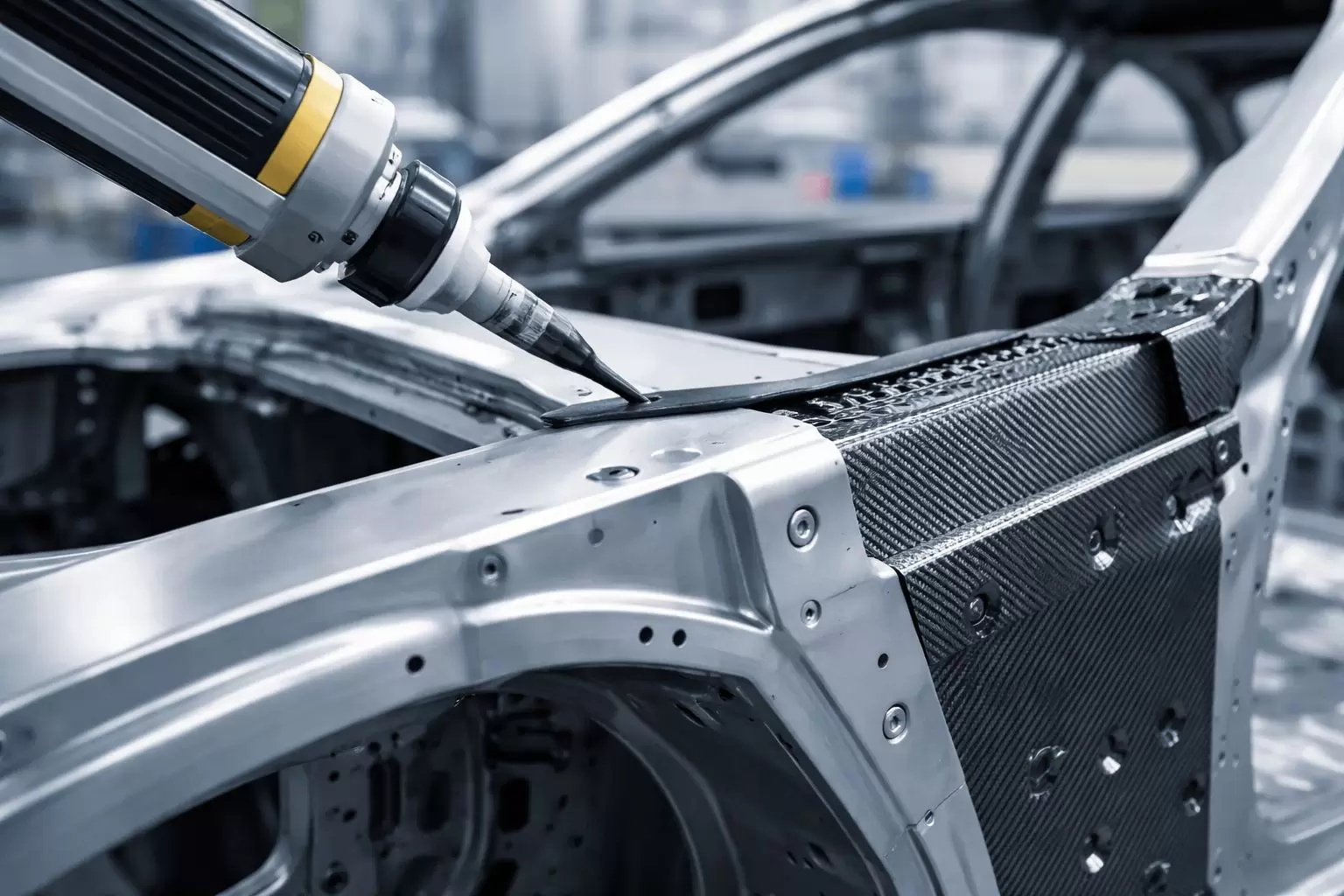Turbocharged engines have become increasingly popular in modern vehicles due to their ability to enhance performance and fuel efficiency. However, with the added power comes the potential for complications, one of which is overboosting. Understanding how to identify if your turbo is overboosting is crucial for maintaining engine health and performance. In this article, we will explore the signs of overboosting, the potential causes, and the steps you can take to diagnose and rectify the issue.
Understanding Turbocharging and Overboosting
Turbocharging works by using exhaust gases to spin a turbine, which compresses incoming air and forces it into the engine's combustion chamber. This process increases the amount of air available for combustion, leading to more power output. However, if the turbocharger produces too much boost pressure, it can lead to overboosting, which can cause severe engine damage if left unchecked.
Signs Your Turbo Might Be Overboosting
- Check Engine Light Activation: One of the first indicators of a turbo issue is the illumination of the check engine light. Modern vehicles are equipped with onboard diagnostics that monitor various engine parameters, including boost pressure. If the system detects abnormal readings, it will trigger the check engine light.
- Unusual Engine Performance: If you notice a sudden increase in power followed by a drop-off, or if the engine feels sluggish despite pressing the accelerator, these could be signs of overboosting. The engine may struggle to manage the excess air, leading to performance inconsistencies.
- Excessive Exhaust Smoke: Overboosting can lead to incomplete combustion, resulting in unburned fuel being expelled through the exhaust. This can manifest as black smoke, indicating that the engine is running rich due to too much fuel and not enough air for proper combustion.
- Turbo Whistle or Whine: A distinct change in the sound of your turbocharger can also indicate overboosting. If you hear a high-pitched whistle or whine, it may suggest that the turbo is working harder than it should, potentially leading to overboost conditions.
- Boost Gauge Readings: If your vehicle is equipped with a boost gauge, monitoring the readings can provide direct insight into your turbo's performance. Consistently high readings beyond the manufacturer's specifications can indicate overboosting.
Causes of Overboosting
Understanding the root causes of overboosting is essential for effective diagnosis and repair. Here are some common culprits:
- Faulty Wastegate: The wastegate is responsible for regulating boost pressure by diverting exhaust gases away from the turbine when the desired boost level is reached. If the wastegate is stuck or malfunctioning, it may not open properly, leading to excessive boost.
- Boost Control Solenoid Issues: The boost control solenoid modulates the pressure sent to the wastegate. If this component fails, it can lead to incorrect wastegate operation, resulting in overboosting.
- Vacuum Leaks: A vacuum leak in the intake system can cause the engine management system to miscalculate the amount of air entering the engine, leading to an incorrect fuel-to-air ratio and potential overboosting.
- ECU Tuning: Aftermarket tuning can sometimes push a turbocharger beyond its intended limits. If the engine control unit (ECU) is not calibrated correctly, it may allow for excessive boost pressure, leading to overboosting conditions.
Diagnosing Overboosting
If you suspect that your turbo is overboosting, it’s essential to conduct a thorough diagnosis:
- Scan for Error Codes: Use an OBD-II scanner to check for any stored trouble codes. This can provide valuable insight into what might be malfunctioning within the turbo system.
- Inspect the Wastegate: Check the wastegate for proper operation. Ensure that it opens and closes as intended and that there are no blockages or mechanical failures.
- Examine the Boost Control Solenoid: Test the solenoid for functionality. If it’s not operating correctly, replacing it may resolve the overboosting issue.
- Check for Vacuum Leaks: Inspect all vacuum lines and connections for leaks. A smoke test can be particularly effective in identifying hard-to-find leaks.
- Review ECU Settings: If your vehicle has been tuned, consider reverting to the stock settings or consulting with a professional tuner to ensure that the boost levels are within safe limits.
Conclusion
Identifying and addressing overboosting in your turbocharged engine is vital for maintaining performance and preventing costly damage. By being aware of the signs and understanding the underlying causes, you can take proactive steps to ensure your turbocharger operates within its designed parameters. Regular maintenance and timely diagnostics will not only enhance your vehicle's performance but also extend the life of your engine. If in doubt, consulting with a professional mechanic who specializes in turbocharged systems can provide peace of mind and expert guidance.





